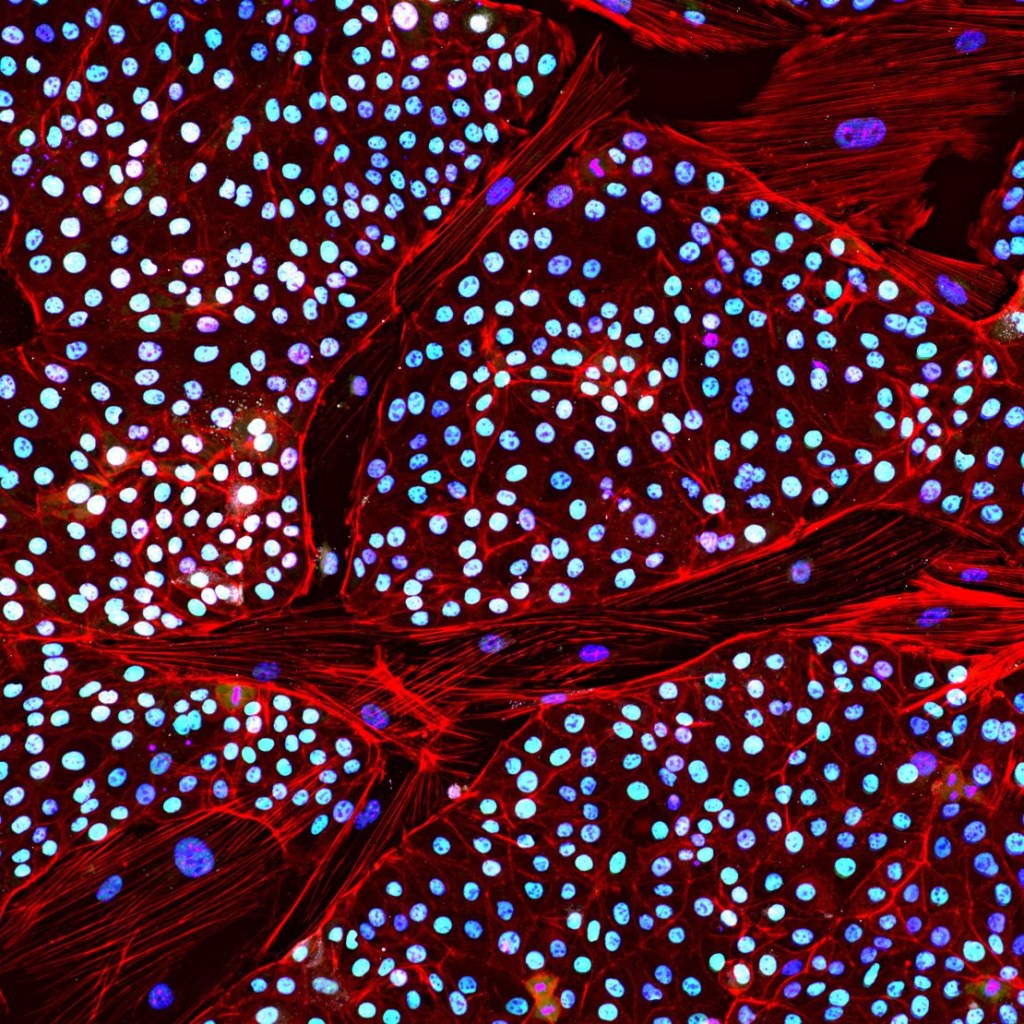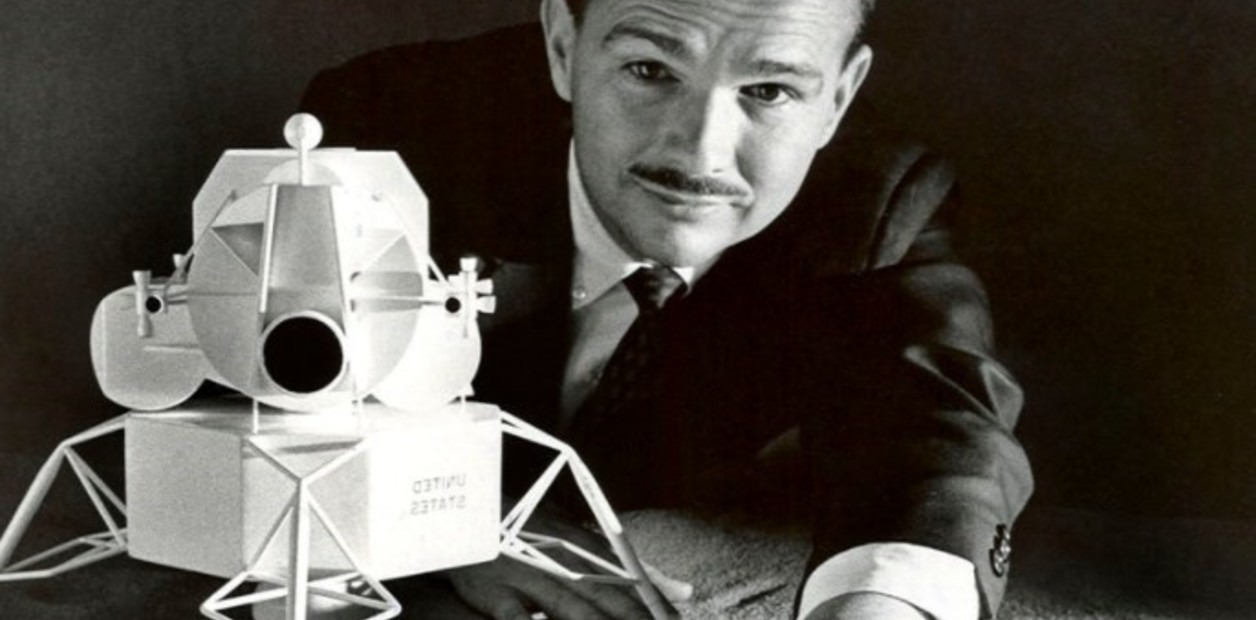(CNN) — A bold project to genetically create a version of the woolly mammoth, a tusk giant from the Ice Age that disappeared 4,000 years ago, is progressing, according to scientists involved.
The long-term goal is to create a living elephant-mammoth hybrid that is visually indistinguishable from its extinct ancestor, which, if released into the wild in sufficient numbers, could help restore the fragile arctic tundra ecosystem.
The resurrection of this extinct species has been a central project of Harvard University geneticist George Church for more than a decade. In February 2021, Church received cash and publicity later that year when he co-founded Dallas-based Colossal Biosciences with entrepreneur Ben Lamm.
Many challenges still lie ahead, such as creating an artificial womb capable of carrying a baby elephant. But Colossal Biosciences announced on Wednesday that it had taken a “significant step”.
Eriona Hysolli, head of biological sciences at Church and Colossal, revealed that they reprogrammed cells from the Asian elephant, a close relative of the mammoth, in the embryonic stage – the first time stem cells have been derived from elephant cells. The team plans to publish the work in a scientific journal, but the research has yet to be peer-reviewed.
These modified cells, called induced pluripotent stem cells or iPSCs, can continuously develop into any type of elephant cell in the lab, making it an important tool for researchers to model, test and refine the many genetic changes they need to introduce to an Asian elephant. The genetic traits it needs to survive in the Arctic. These include a woolly coat, an insulating layer of fat, and small ears.
“The beauty of cells is that they can renew themselves indefinitely and differentiate into any type of cell in the body,” explains Hysolli, the company's lead scientist on the massive project.
Stem cells will make it easier for scientists to study the Asian elephant's unique biology. Because of their size, these organisms are particularly resistant to cancer for reasons that are not yet well understood. A major hurdle for the team in developing elephant cell lines was blocking genes thought to confer cancer resistance.
Cellular research techniques pioneered by Colossal have opened up a new way to save endangered elephants, says Oliver Ryder, director of conservation genetics for the Wildlife Alliance at the San Diego Zoo.
“The idea of making iPSCs from elephants has been around for years. It's difficult to achieve,” said Ryder, who was not involved in the research. “The impact on conservation will be in the field of gene recovery and assisted reproduction,” he added.
For obvious reasons, natural elephant embryos are difficult to study. The stem cells will allow scientists to model elephant embryos, which will provide information about how an elephant develops into a fetus, a “very valuable asset,” Ryder said.

Asian elephant stem cells are stained in different colors to highlight different elements. (Courtesy of Colossal)
Creating a woolly mammoth hybrid
Elephant stem cells are also key to mammoth regeneration. Once edited to have mammoth-like genetic traits, the elephant's cells can be used to create eggs and sperm and an embryo that can be implanted into some type of artificial womb. However, it will work for many years.
Given the initial six-year deadline set by Colossal, the team plans to first use existing cloning techniques similar to those used in 1996 to create Dolly goats. However, even though this technology has been around for a long time, the results have been inconsistent. Many wonder if it is ethical to use endangered animals for this purpose, given the likelihood that the efforts will fail.
“I think the first recorded elephant will be a huge milestone, and it could match Ben (Lam's) prediction six years from 2021,” Church said. “The second thing that makes us happy is having something that's actually cold-resistant. The third thing is whether we can do it in a way that's scalable and doesn't involve replacements. That doesn't seem far-fetched,” says Church. .
The Colossal Research team has already analyzed the genomes of 53 woolly mammoths using ancient DNA recovered from fossils. A variety of animal models that lived in different places in the past helped scientists understand exactly what genes make a mammoth unique.
“We've come a long way. The quality of mammoth DNA is the same as elephant DNA and both are almost as good as (DNA extracted from) humans,” Church said.
Church and Hysoli did not say how many genetic changes would have to be made to the Asian elephant's DNA to create a mammoth-like creature capable of withstanding arctic temperatures. Geneticists also want to engineer the tuskless mammoth to make it less likely to become prey for predators.
Church, who is leading the way in genetically engineering pigs with human-compatible organs for transplant, said he can make 69 changes in pigs at once. He said the number of changes needed to make an Asian elephant cold-resistant is very similar.
Possible role of resurrected mammoths
Colossal has long argued that if mammoths return in sufficient numbers to the grasslands of the planet's north, they could help slow the melting of permafrost.
Some scientists believe that before their extinction, grazing animals such as mammoths, horses, and bison kept the ground frozen by trampling grass, cutting down trees, and piling snow beneath them.
A small study conducted in Siberia and published in 2020 found that the presence of large mammals such as horses, bison, yaks and reindeer led to lower soil temperatures in the protected area, compared to those outside. Still, other experts said it's hard to imagine cooler elephant herds having a significant impact in a region warming faster than any other part of the world.
Colossal announced plans to resurrect the Tasmanian tiger in 2022 and the todo in 2023, but its work on the mammoth has been a long time coming.





